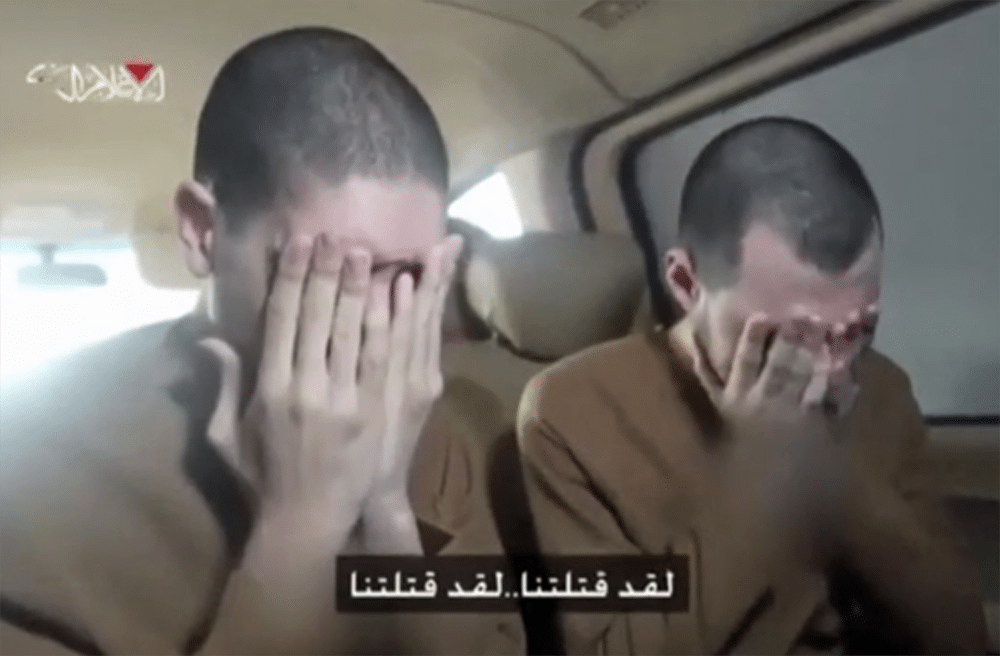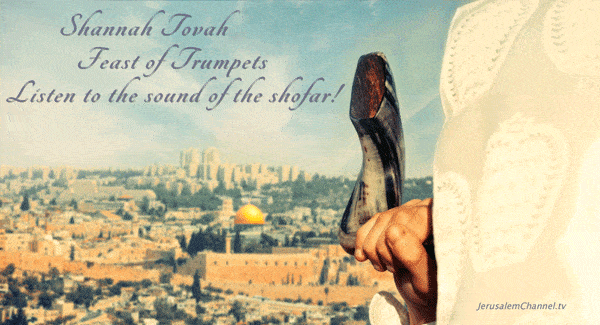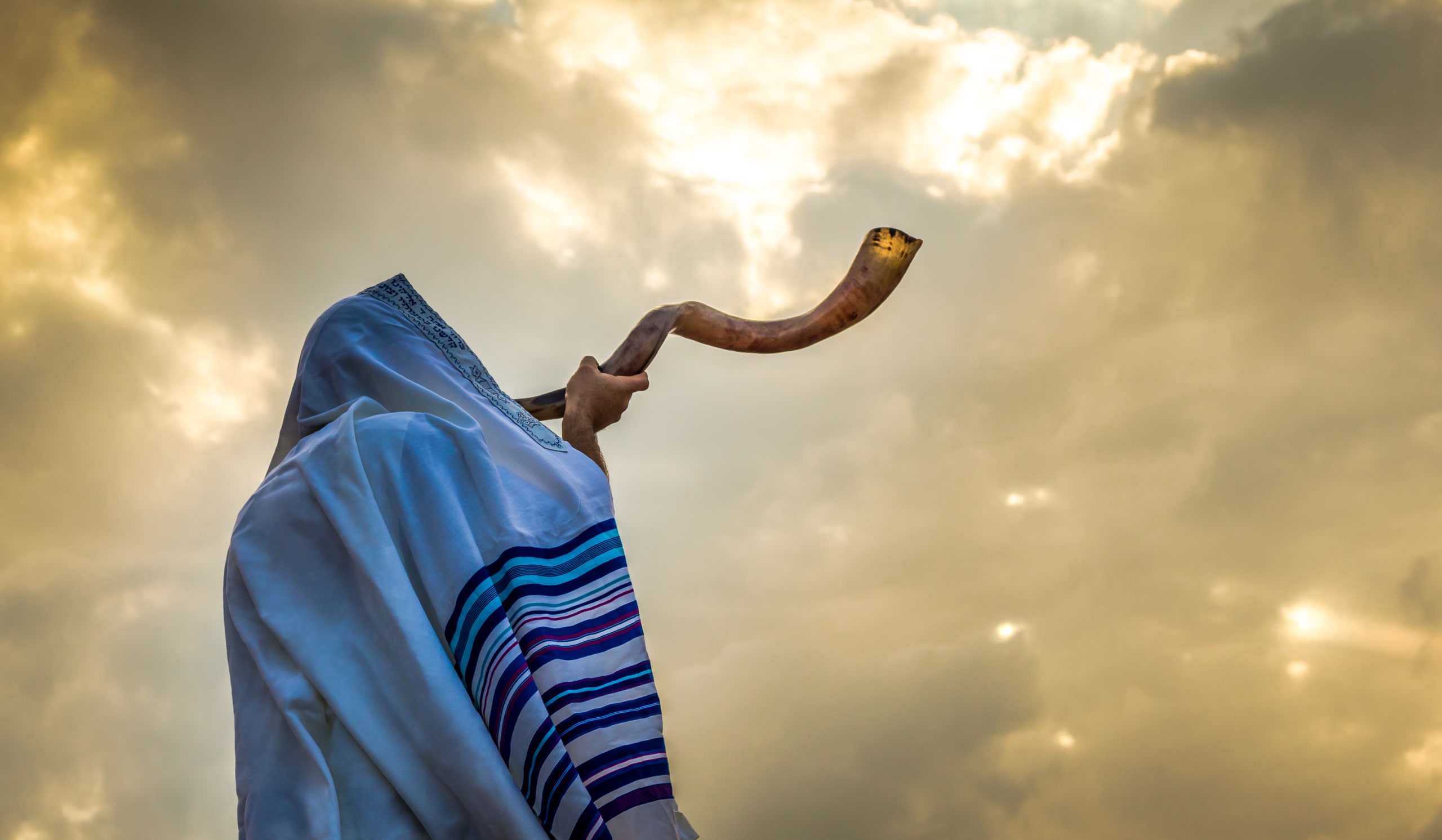Sources: Jerualem Pontifical Institute, Magdala Center, CBN News and WND:
Archaeologists say it’s the most important discovery in decades.
“This particular Magdala Stone is the most important discovery ever made in relation to the Second Temple, the temple at the time of Jesus, which Herod redid. So that’s quite the statement,” according to Father Kelly, of the Catholic order Legionaries of Christ. “I’m pretty sure it’s a gift for the world, for culture, for religions, for Israel of course.”
In 2005, Jerusalem’s Pontifical Institute began planning a “Magdala Center” for tourists and pilgrims to honour the faith and work of Mary Magdalene, but a pre-construction search resulted in an astounding archeological discovery!
Surveyors stumbled upon many treasures: a beautifully preserved, first century synagogue some believe may have hosted Jesus Christ himself, and what is now being called the “Magdala Stone.”
Fr. Juan Maria Solana, director of the Institute, described the site as extraordinary and beautiful with “pieces of art and an altar such has never been found in any other synagogue from that time. Never, ever.”
The extraordinary prize they dusted off was this large, elegantly carved “Magdala Stone.” The magnificent object, possibly an altar, is decorated on five sides. Most significant is the well-preserved relief sculpture of the Jerusalem Temple menorah. Archaeologists believe it is the oldest representation of the original menorah yet uncovered and therefore most authentic. A replica is also on display in Jerusalem at the Notre Dame Guest House.

The location of Magdalene’s home town has been known since biblical times, but centuries of neglect left the entire city under a layer of ancient dust and debris.The towns surrounding Magdala are central to the life of Jesus in the Bible. Magdala lies near the Sea of Galilee next to Capernaum, which is cited 16 times in the New Testament as Jesus’ home.
“This stone is really unique, we’ve never excavated anything like it,” archaeologist Dina Gorni said, quoted in a 2013 WND article.
Among the more intriguing controversies at the new Magdala excavation is the designation of the ruins as an early “church” by some Franciscans and archaeologists who worked there. No solid proofs have yet been presented, but several experts note the relatively small size of this unearthed synagogue (which seated approximately 120) as compared to the much larger Jewish community in the town. The newly found ruins simply couldn’t have hosted the whole Jewish community.
Fr. Solana reminds us the first Christian communities gathered in synagogues and were “observant” Jews. To him it is very clear that the “first generation of Christians used to gather there.”
The discovery of the menorah carving has led scholars to put the focus of the excavation back on a house of faith. Regardless of their religious beliefs, few archaeologists would assume large, intricate religious objects would be placed in the middle of houses or fish markets.

Archaeologists think this site in Magdala, Israel, is the remains of a first century synagogue.
Efforts to uncover the compound’s secret past and to develop the Center are multinational. WND’s tour group of pilgrims was one of the first groups to view a recently finished prayer center near the ruins of “Jesus’ Church.”
Magdala’s Prayer Center is a small, domed gem with statues, mosaics and paintings of Mary Magdalene with an almost classical, Byzantine air.
The Magdala Worship Center is dedicated to Christian women in general – those whom, like Mary Magdalene, follow Jesus as their Lord. Large mosaics depict the biblical story of Mary Magdalene delivered from seven demons and other scenes.
A Magdala Guesthouse was slowed due to the excavation, but it hopes to welcome pilgrims soon.
Fr. Solana and the Institute feel recent discoveries as well as the honor to women will put Magdala back on the Bible map and attract visitors and pilgrims from the ends of the world.
Visitors to the center see the Bible come to life.
“The altar is in the shape of a boat, a fisherman’s boat,” said Monica, a Christian pilgrim from Australia. “You’re reminded of Jesus standing in the boat and preaching to the people on the shore.”
Jane, another Christian from Australia, said “…the whole Gospel story has come alive for me here. It will never mean the same ever again.”
Fr. Solana sees the motto of the center, “Duc in Altum,” Latin for “go into the deep,” as a message for today. Luke 5: 4, “When he had finished speaking, he [Jesus] said to Simon, ‘Go out into deep water, and let down the nets for a catch.'”
“Somehow Jesus tells to all of us, ‘Go into the deep, try again, you can. Go, go, go!'” he said. “So I think this a beautiful message that the world needs in this moment. Financial crisis, problems with jobs, many situations and we need to try again. God is on our side.”







Leave A Comment